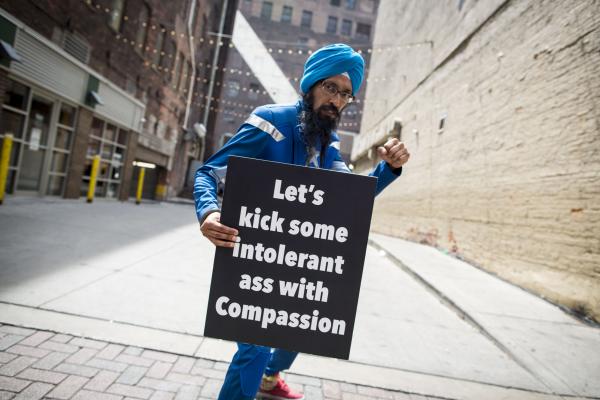Feb 1, 2017
Deeply tied to Singh’s spirit are his thoughts about justice and equality. They are not only ideals of the Sikh faith and intertwined in his spiritual practice, but a natural state of being for Singh — especially since he started his Captain America performance art.
Read the Full Article

Already a subscriber? Login
